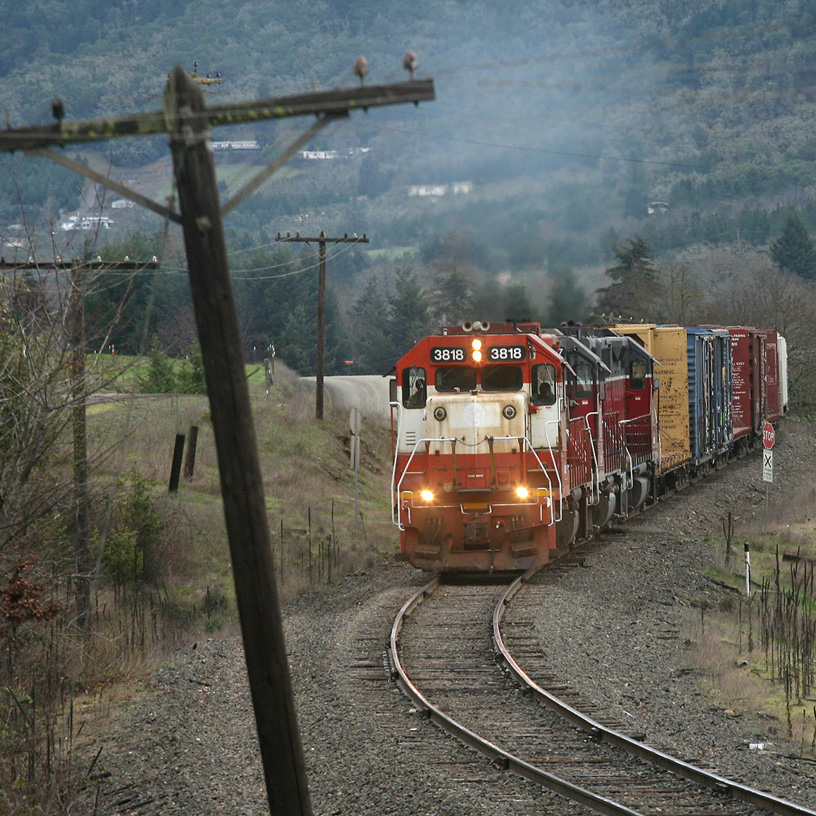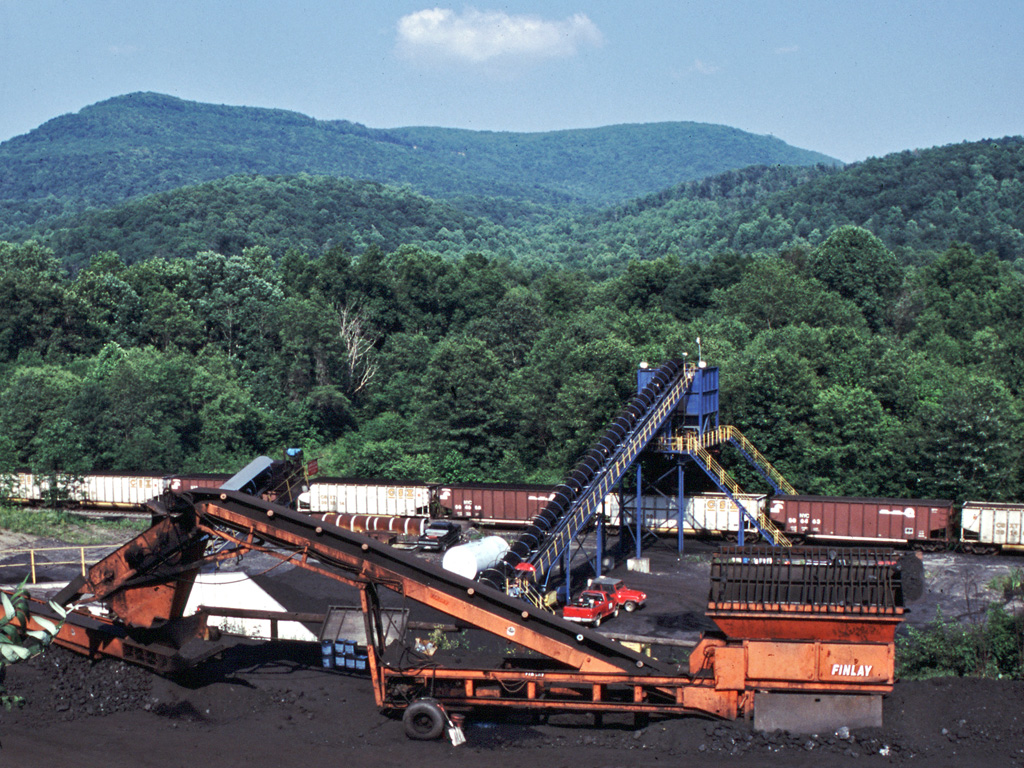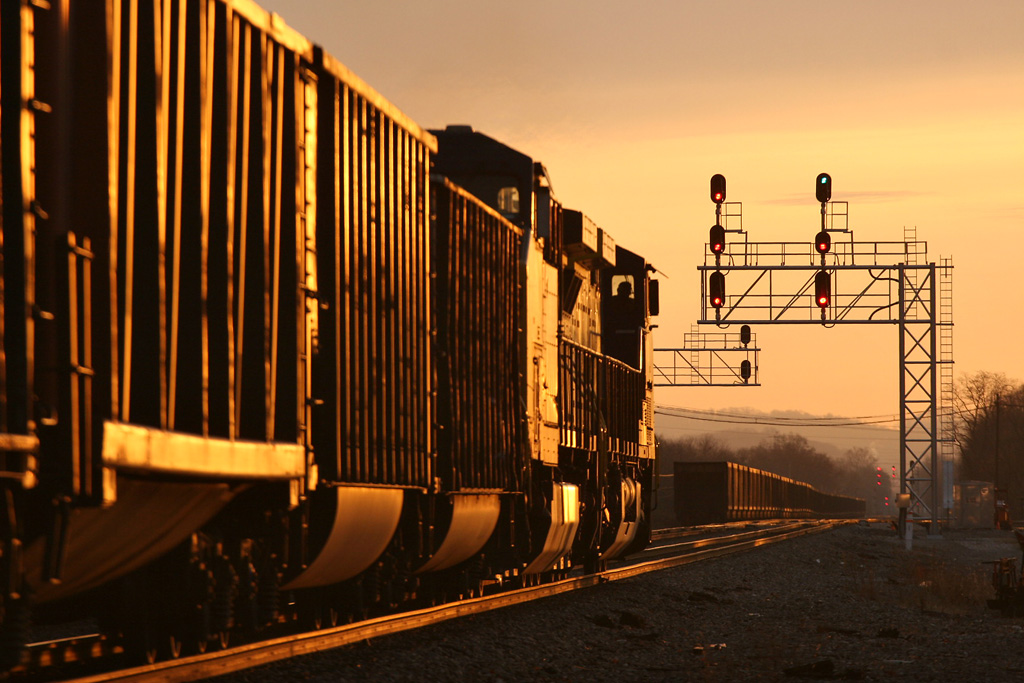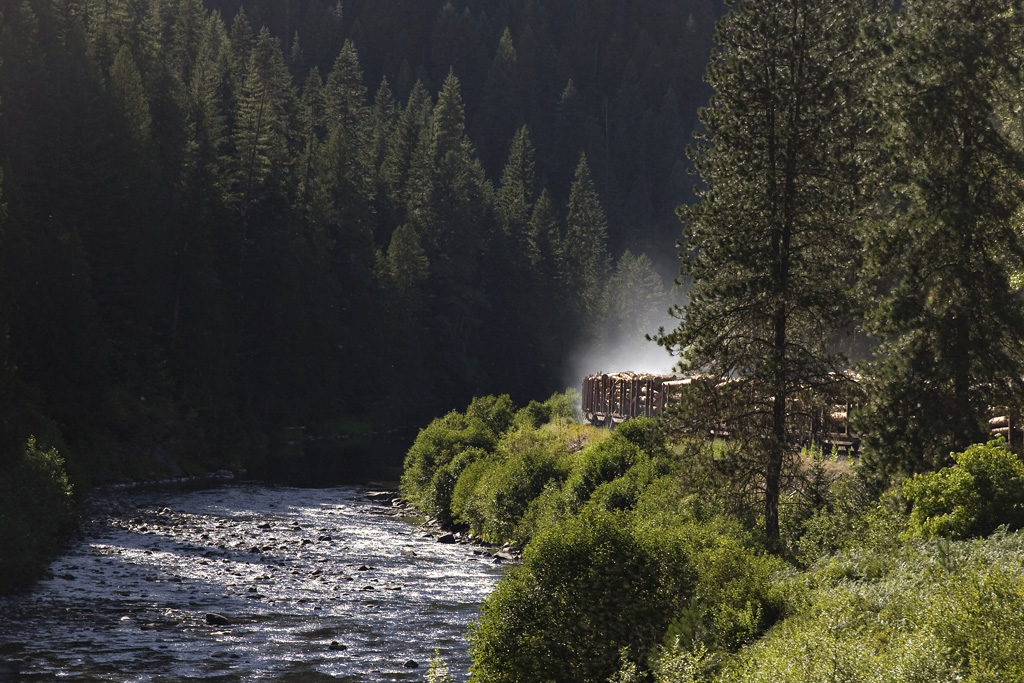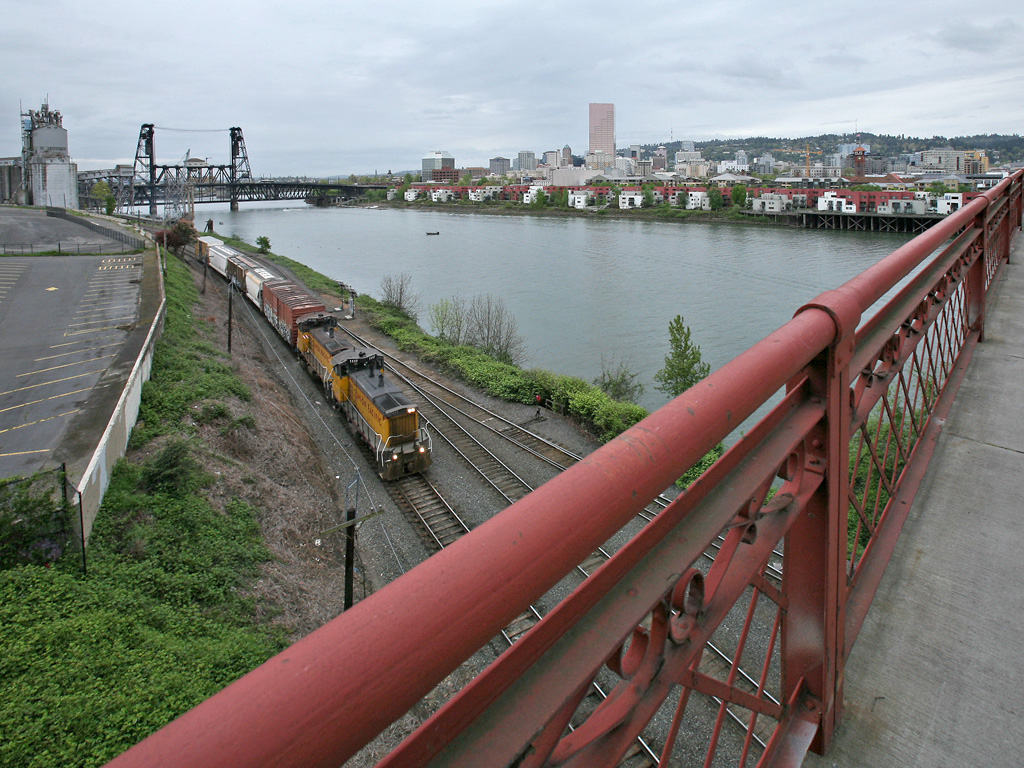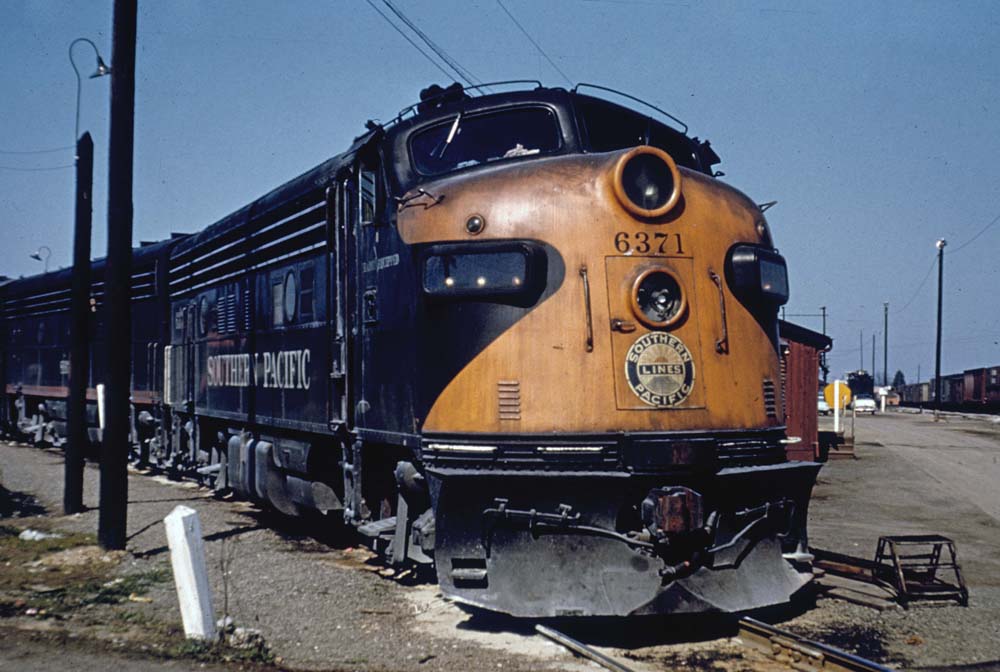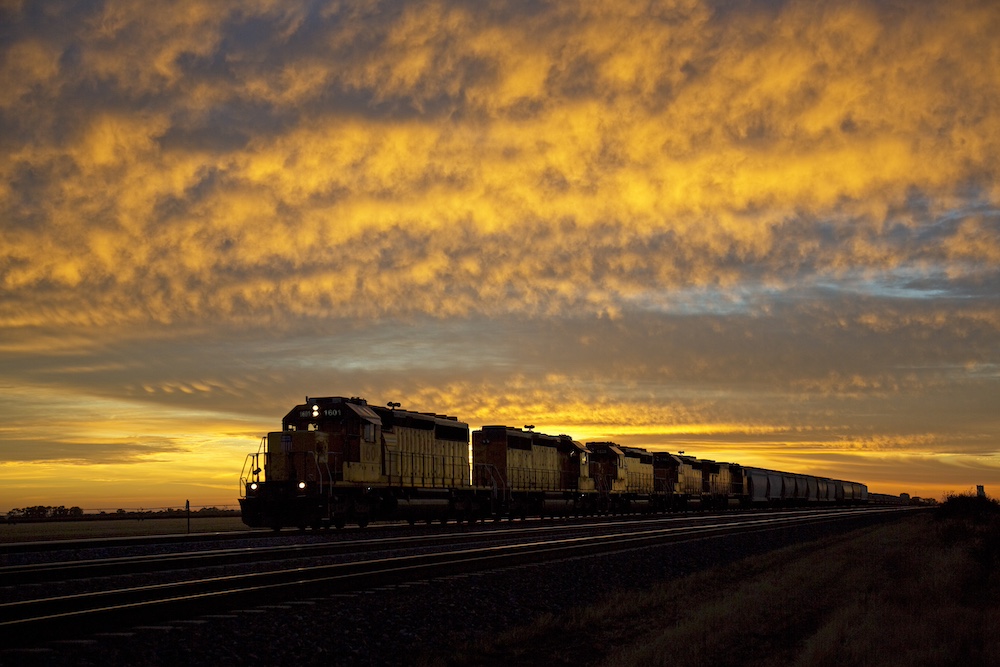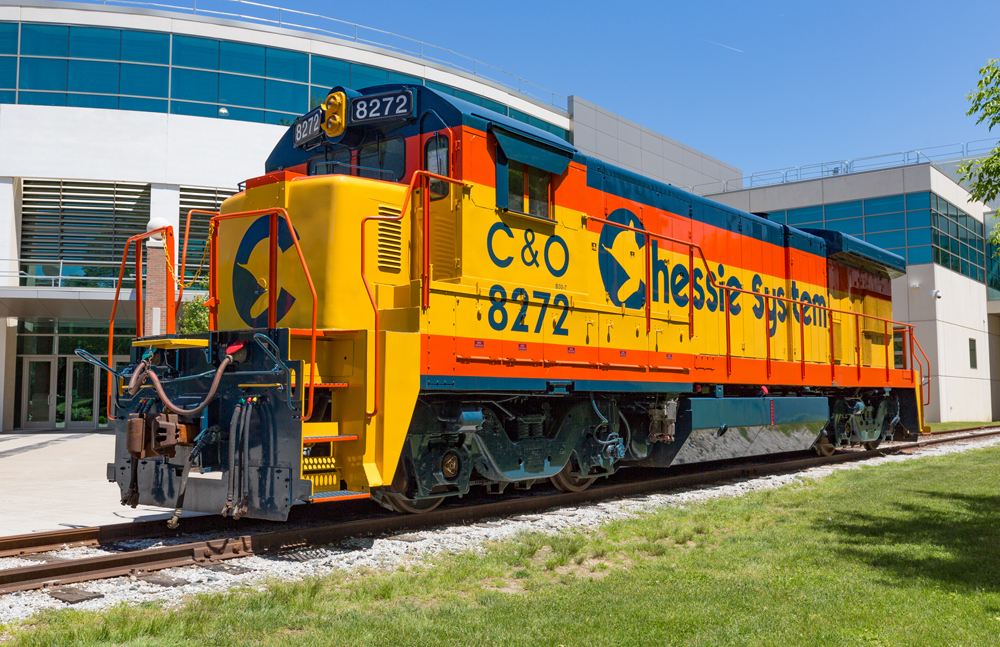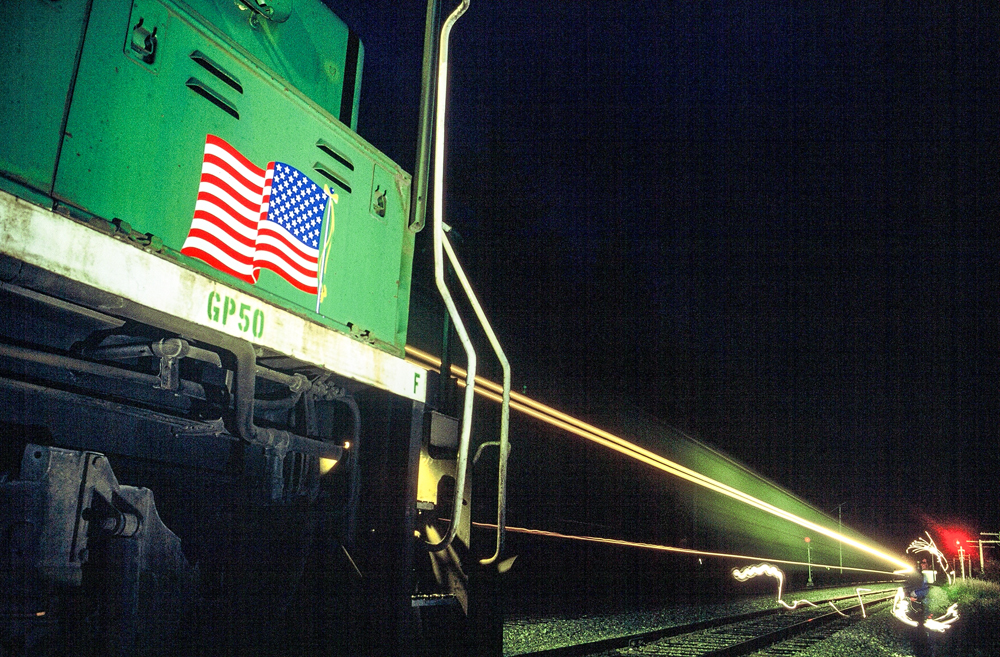Imminent change can motivate railroad photography, but don’t wait until change is in motion or you might regret it. The last run of a certain train may carry some historical weight, but in truth last runs are little more than last chances when it comes to photography. Rather than waiting until a railroad announces its last run or files abandonment proceedings, trying to identify whose demise is likely can provide time to photograph it more fully and deeply.
Attempting to stay “two steps ahead of the wrecking ball” involves some educated guesswork. The branchline that seems ripe for abandonment tomorrow could always hang on for another decade or longer. But then what’s the real risk to photographing it anyway? If the line does survive for longer than anticipated, the photographer has the chance to accumulate a stronger body of work, the kind that comes through the dedication of a long relationship.
Participate in the Discussion
The very nature of the railroad business can make it challenging to identify these “two step” subjects, but speculating makes for interesting discussion (and photography). I’ve listed some suggestions, but we want to hear from you. Post your predictions in the Trains magazine forum. Please post a link to a photo or two in the same thread. We’ll select a few photos taken on or after July 19, 2010, to publish and discuss in a future online feature.
Potentially-Endangered Railroad Subjects
Branch lines. You can view any Class I operation located off of a main line as a potential candidate for shortlining or abandonment. Many of these lines might already be in the “one step ahead of the wrecking ball” category. Even routes that are operated by short lines or regional railroads can later be abandoned. In 2007, operations ceased on four such lines in Oregon alone.
Class I local freights and switch jobs. Local freight trains working industries along Class I main lines are becoming increasingly rare, and many terminal switching jobs have already been either abolished or turned over to short lines or contracted out to independent operators. Additionally, these jobs often serve small industries, which are worthy subjects in their own right.
Rail service to small industries. Shorter haul intermodal services could be poised for a breakthrough in railroading. If that happens, many smaller industries may find it more profitable to truck their products to the nearest intermodal ramp, rather than maintaining direct, “loose car” rail service.
Coal Trains. It may seem hard to fathom now, but national energy policy decisions could significantly alter the fate of coal trains in the not-too-distant future [see “Does a Bleak Future Await the Coal-Hauling Railroads?” “Fred W. Frailey,” July 2010 Trains]. While their complete elimination is unlikely, the glory days of the Powder River Basin coal trains could be numbered. On the other side of the country, many Appalachian mines, some located at the ends of remote and scenic branch lines, could play out in the next few years.
Urban rail facilities. Urban renewal projects claim many railroad victims, from simple grade crossings, to industrial switching districts, to entire yards and engine terminals.
Uncrowded Amtrak trains. There is a certain romance, albeit a lonely one, to crossing the country in a nearly empty Superliner. This experience is already becoming rare, and sweeping changes could be in store for many aspects of Amtrak as the nation contemplates a shift towards more rail passenger service.
Second-generation locomotives. GP38s and SD40s are already into the fourth or fifth decade of their service lives. While these models remain common on regional and shortline railroads, they will not last forever. Disappearing even faster are end-cab switchers, bumped off rosters by both former road power relegated to yard service and new hybrid switchers.
Signals and pole lines. Long the bane of some railroad photographers, pole lines add visual interest to rights-of-way but are quickly disappearing, perhaps now already in the “one-step” category. Many traditional signals are gone or coming down soon. The more standardized, utilitarian signals replacing them could see relatively short service lives. Depending on the future use of cab signaling, lineside signals could disappear completely.
Wooden ties and jointed rail. Jointed rail is already gone from most main lines, and many sidings and branch lines are being relaid with welded rail. Wooden ties are slowly disappearing, too. While their complete elimination is unlikely, their days of mainline service are probably numbered.
End-of-train devices. The much-maligned metal boxes that replaced cabooses are becoming a little scarcer as more trains use distributed power.
Photography Suggestions
Daunted by all of these ideas? Why not choose one topic and develop a deliberate plan for photographing it? In August 2010, we’ll have a two-part feature by Alexander Craghead, who will discuss implementing a “project-based approach” to railroad photography.
And what about photographing the everyday, most commonplace aspects of railroading, those that are in no foreseeable danger of the wrecking ball? In September 2010, I will discuss that notion, including some suggestions for applying the project-based approach.
Trains contributor SCOTT LOTHES is a writer and photographer in Corvallis, Ore. He is project director for the Center for Railroad Photography and Art.





